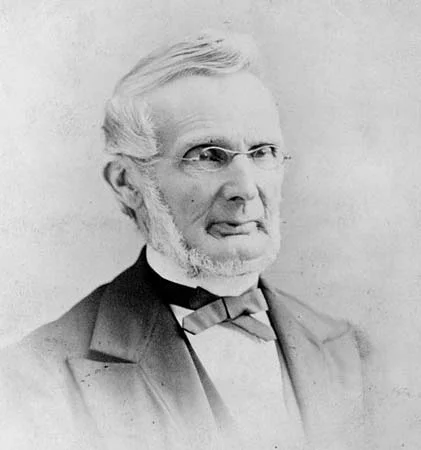Estimated reading time: 4 minutes
Table of contents
Elisee Reclus (1830-1905)

Elisee Reclus, a student of geography, developed a deep love for the subject while studying under a teacher named Ritter in Berlin from 1849 to 1850. He not only followed Ritter’s ideas and methods but also made significant improvements to them.
In 1851, Reclus was expelled from France because he held anarchist views. He traveled to England, then to the United States and South America, and continued his travels and work until he was allowed to return to France in 1856. During his exile, he wrote a two-volume book on geography called “La Terre,” which was published in 1868-1869. This book reflected Ritter’s ideas and concepts, but Reclus later abandoned some of them.
Reclus was exiled a second time in 1871 for holding revolutionary views. He went to Switzerland and focused on writing a nineteen-volume work titled “Nouvelle Geographie Universelle.” He wrote these volumes during his exile and his stays in different countries, including Switzerland, Belgium, and the UK.
Reclus’s new universal geography was considered the last representation of the classical period when a scholar could present all available knowledge about the Earth as the home of humankind. Unlike Ritter’s work, which had many difficult passages, Reclus’s writing was easy to read and understand. His book, translated into English as “Earth and Its Inhabitants,” was published in New York between 1882 and 1895 and contained about 3,000 maps. Reclus accomplished what Ritter himself had failed to do: providing a complete description of the Earth’s surface on a regional basis.
Unlike Ritter, Reclus did not hold teleological beliefs. His philosophical approach to the relationship between humans and the environment was more enlightened. He acknowledged the role of nature in shaping human history but also recognized that humans could modify their surroundings to suit their needs. Reclus believed that studying landscapes required understanding the gradual changes in their historical significance and considering the element of time. This reflected a view that humans have the power to change the Earth’s appearance.
Arnold Guyot (1807-1884)

Arnold Guyot, originally from Switzerland, studied geography under Ritter and strongly believed in his teacher’s ideas and philosophy. In 1848, Guyot came to the United States to give a series of lectures on the “new geography” that was being taught in Germany. These lectures were published as a book the next year and helped spread Ritter’s ideas in America.
Guyot was critical of the traditional way geography was taught in American schools at that time. Instead of just memorizing unrelated facts, he believed that geography should not only describe but also compare and interpret. He thought it should explain the reasons behind the phenomena it described.His influence in American geography grew significantly when the Massachusetts Board of Education invited him to give lectures on the nature and methods of teaching the new geography.
His ideas quickly spread to other parts of America, and his textbooks became the standard for geography classes in elementary and secondary schools for many years.In 1854, Guyot was appointed as a professor of geography and geology at the College of New Jersey (Princeton), where he worked until his retirement in 1880.
Unlike Reclus, Guyot strongly supported Ritter’s teleological ideas, even when the concepts of evolution developed by Darwin, Wallace, and Huxley were widely accepted and the theological ideas were discredited.By the time Guyot retired in 1880, the “new geography” he advocated for was considered outdated, and its philosophical basis had lost credibility.
You May Also Like



























